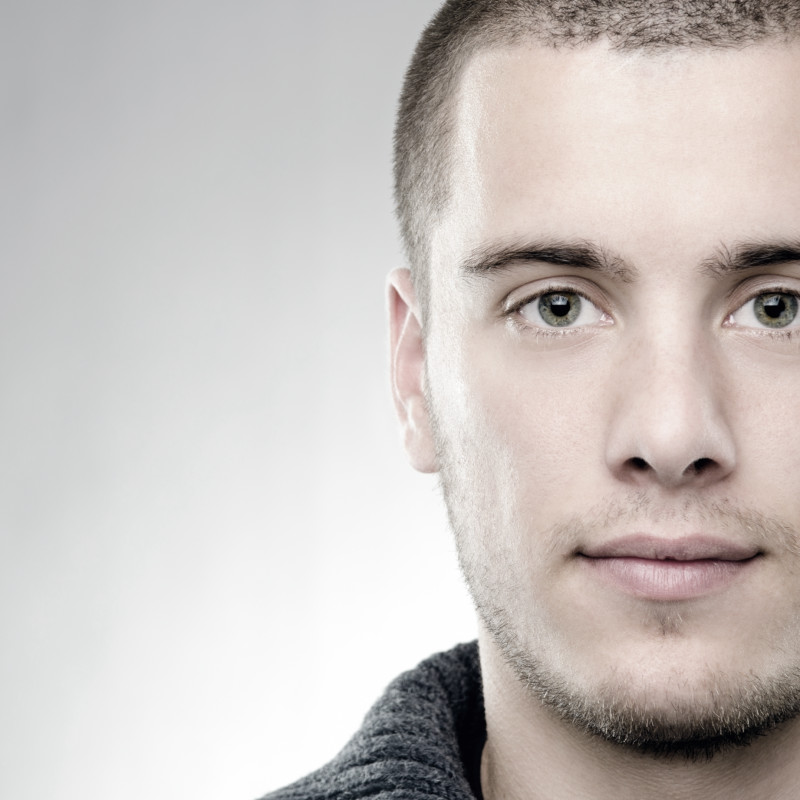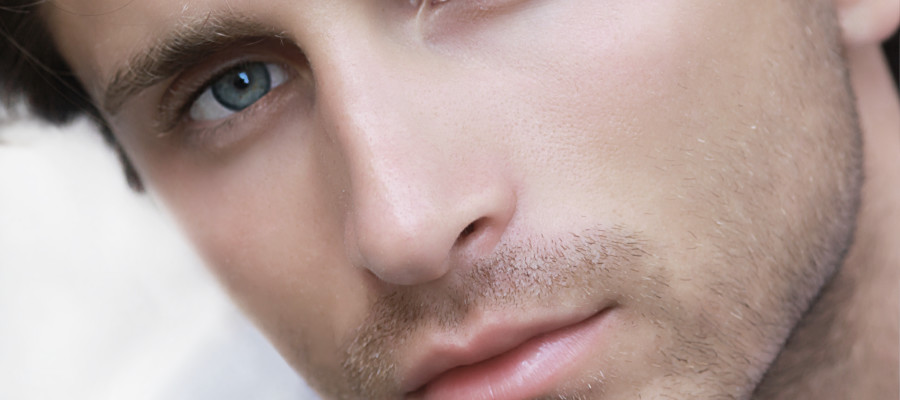 Over the years, the muscles that support the eyelids begin to weaken, and the eyelids become saggy because fat and excess skin gathers above and below them. By removing the collected skin and fat through a cosmetic process call blepharoplasty, or eyelid surgery, the eyelids can be trimmed and tightened, restoring their awake and youthful look.
Over the years, the muscles that support the eyelids begin to weaken, and the eyelids become saggy because fat and excess skin gathers above and below them. By removing the collected skin and fat through a cosmetic process call blepharoplasty, or eyelid surgery, the eyelids can be trimmed and tightened, restoring their awake and youthful look.

|
Blepharoplasty
Procedure Information
|
|
Who Is a Candidate for Eyelid Surgery?
Most patients are over the age of 35, are in overall good health and have baggy, droopy eyelids. Sometimes this can be the result of heredity, as well as age. It’s also necessary to have proper expectations.
For example, know that the results of an eye lift could last a lifetime, but they could also last as few as five to seven years. Oftentimes, if the eyelids again begin to droop, a separate cosmetic procedure is best, such as a forehead lift.Also, understand that blepharoplasty is composed of two parts: upper eyelid surgery and lower eyelid surgery. Knowing what to expect going into the procedure will help guide your expectations coming out of the operation.

How Is Upper Eyelid Surgery Performed?
If you are having both eyelids lifted, your surgeon will likely begin with the upper lid. Incisions will be made along the natural line of your lashes. Excess skin, fat and muscle will be removed once the lid is separated from the tissue. Small sutures are used to close the incision sites on the upper eyelid, but they may not be necessary on the lower lids—it depends on what type of technique is performed.
How Is Lower Eyelid Surgery Performed?
The transconjunctival method uses an incision on the inside of the eyelid, and then much upper lid, excess fat and skin are removed. This technique is often done in conjunction with some sort of resurfacing to soften and reduce the appearance of remaining fine lines and wrinkles.The transcutaneous technique is performed the same way as the upper lid, through an incision along the lash line.
How Do I Recover Following Blepharoplasty?
You can expect to have sutures in for approximately a week. Swelling and bruising are not uncommon, but you’ll want to use elevation and cold compresses to reduce these side effects.
You will want to avoid strenuous activities, wear sunglasses to protect the wounds against sunlight and follow our instructions regarding eye drops, ointments and cleaning.
What Are The Risks Associated with Eyelid Surgery?
Eyelifts are a commonly performed procedure, and when done by a skilled, experienced surgeon, risks can be severely minimized. The few that do exist include:
- Bleeding
- Infection during recovery
- Pigmentation problems on the eyelids and skin surrounding the eyes
- Abnormal folds of the eyelid skin
- Eyes that won’t close completely or are not exactly even in shape
- Abnormal shift in the lash line
The first step you should take toward receiving blepharoplasty is scheduling a consultation with us. Be sure to ask about past procedures, request to see our before and after photos and enter into your operation with confidence.